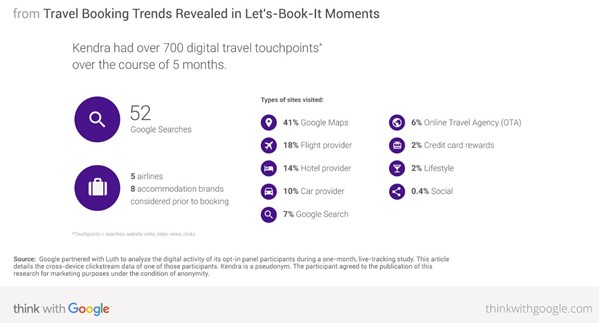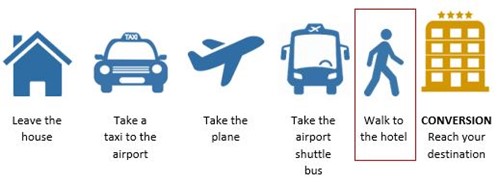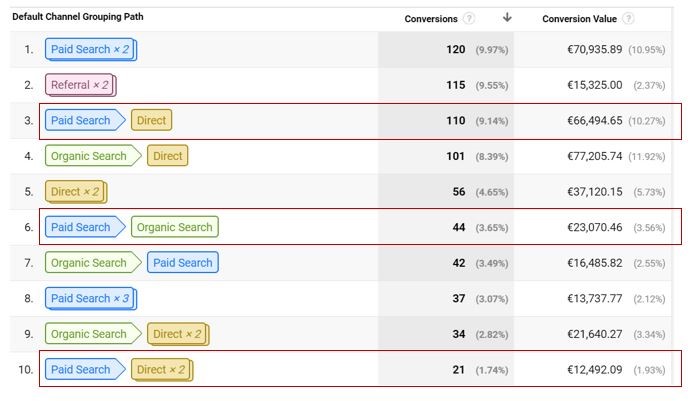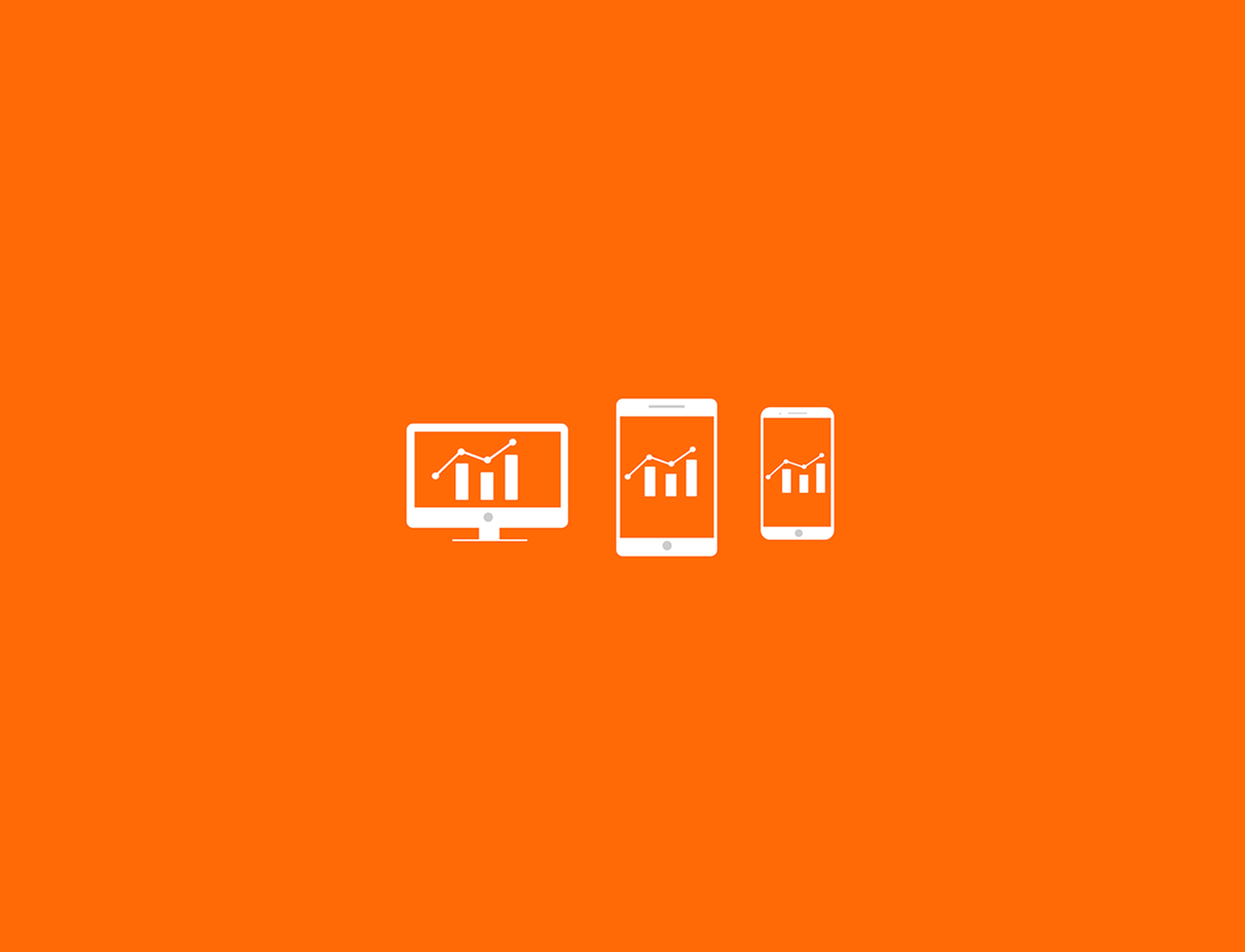With the constantly increasing number of channels and platforms where brands can engage with their audience, the discussion about attribution becomes more and more prominent. Users are more savvy and willing to research the market to make sure they get the best rate for their next hotel stay. They use a number of devices and visit a number of channels before clicking the “BOOK” button.
Brands, on the other hand, make an effort to be present at all the touchpoints throughout the user journey. This inevitably raises the questions, ‘which of my campaigns are the most effective?’ and ‘where should I invest more?’.
Attribution helps us find the answers.
Google products currently offer a number of attribution models, including Last Click, First Click, Linear, Position Based, Time Decay and Data Driven. Many brands are most comfortable with using Last Click attribution to measure their online activity. Why? Because it is simple. Last Click indicates the last interaction, which resulted in a conversion. In other words, it gives all the credit to the last clicked ad and the last keyword, which led to a conversion.
However, with the changes in consumer behaviour, this attribution model is no longer sufficient. Even Google’s Managing Director of the Travel Sector, Rob Torres, recently commented at Skift Forum Europe that “…you can’t just look at things on a last click analysis anymore”.
INACCURATE DIGITAL MARKETING ACTIVITY RESULTS
With progress in technology and users becoming more comfortable with shopping around, the typical conversion path gradually becomes more complex and difficult to measure. Users are searching for several different keywords, on many different devices and during that journey, they interact with a number of channels, networks and campaign types.
Indeed, a 2016 study from Google suggested that a user may have anywhere up to 700+ digital touchpoints when booking travel, over the course of 5 months.

The one-dimensional perspective of Last Click attribution prevents brands from seeing the true picture of the user journey and the effectiveness of their digital marketing activity.
To help illustrate this, try to think about a possible journey to your last holiday destination. Your trip might have covered a similar set of touchpoints to the following example:

In the example above, walking to your hotel would take the full credit for conversion under Last Click attribution.
By disregarding the other elements of the journey, your holiday might never have happened. This logic could also apply to a potential booking on a hotel website. For example, without a top of the funnel non-brand awareness campaign, many of the brand campaign conversions might never have occurred.
LOST REVENUE
It’s important to review your Multi-Channel Funnel paths to see which channels are coming up as non-Last Click interaction, but potentially often play an important role at an earlier stage of the purchase path and encourages users to return and complete a booking.

In the example above, Paid Search campaigns come up as non-Last Click, which led to 175 bookings and over €102k of revenue. Paid Search appears to be initiating the user’s interaction with the brand, which in many cases, leads to a returning visit and completing the booking via Organic Search or a Direct visit.
Following the Last Click attribution model, no credit would be given to the PPC campaigns marked in the example above. If this activity was stopped due to lack of return from evaluating purely on a Last Click basis, €102k of revenue could have been lost.
NEW PRODUCTS LIMITATIONS
To keep up with the changing consumer behaviour, Google works on developing its new Attribution product for improved tracking across channels and devices, to help brands better understand the user journey and make their marketing efforts more effective. Google Attribution is being gradually rolled out across all adverting accounts and, importantly, the Last Click attribution model will no longer be available.
Also, as a Google Premier Partner we’re fortunate to be given early access to Google Beta products which have not been fully released yet. From now, Beta products are only available to forward-thinking advertisers who have moved away from Last Click attribution to a more robust model that better reflects the effectiveness of marketing activity at different stages of the conversion path.
IN SUMMARY
Even though Last Click attribution has been with us for a while, it is struggling to keep up with modern user behaviour. Advertisers who decide to maintain this model may face a number of limitations including inaccurate results of their digital marketing activity. The consequences are significant; falling behind your competitors through limited access to new products in the digital world and, perhaps most significantly, potential loss of revenue from campaigns which aren’t being recognised as effective, despite contributing towards conversions.
Switching to one of the multi-touch attribution models may present brands with a truer picture of what activity is helping to drive conversions for the business, and where to invest their budget.
Are you looking for support with the online advertising or analytics setup of your hotel(s)? As a Google Premier Partner and hospitality and travel specialist, we are well placed to help.







